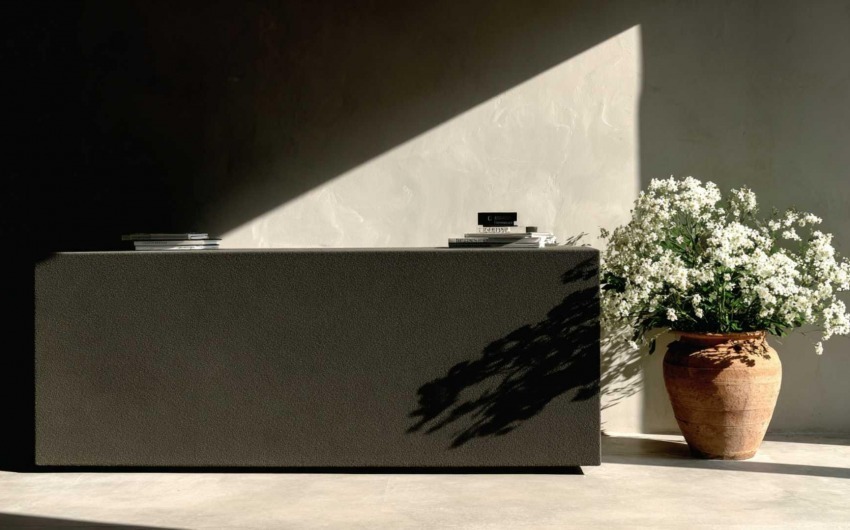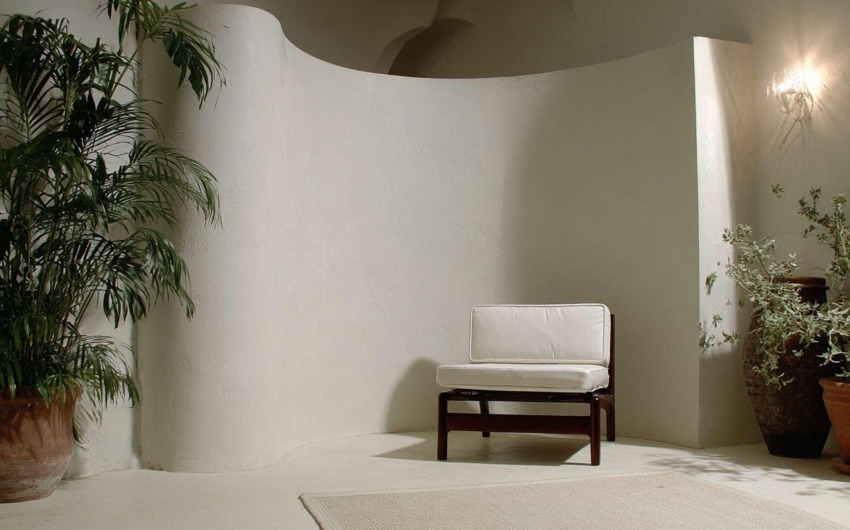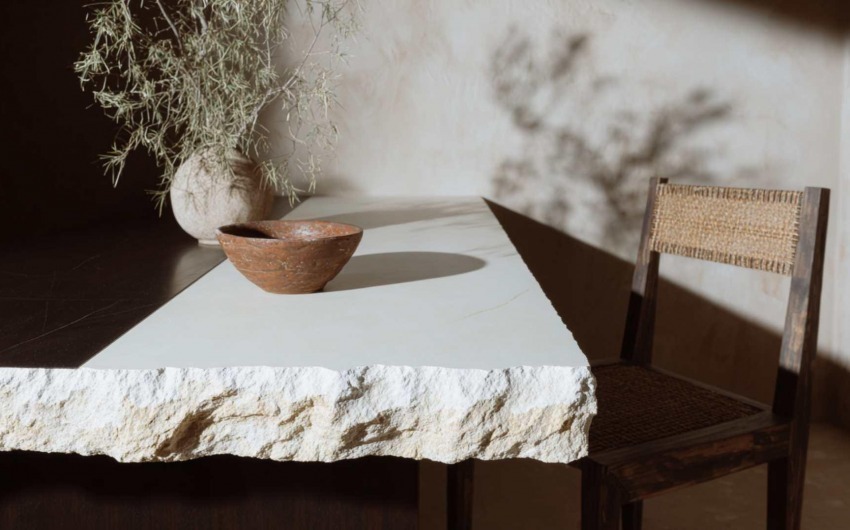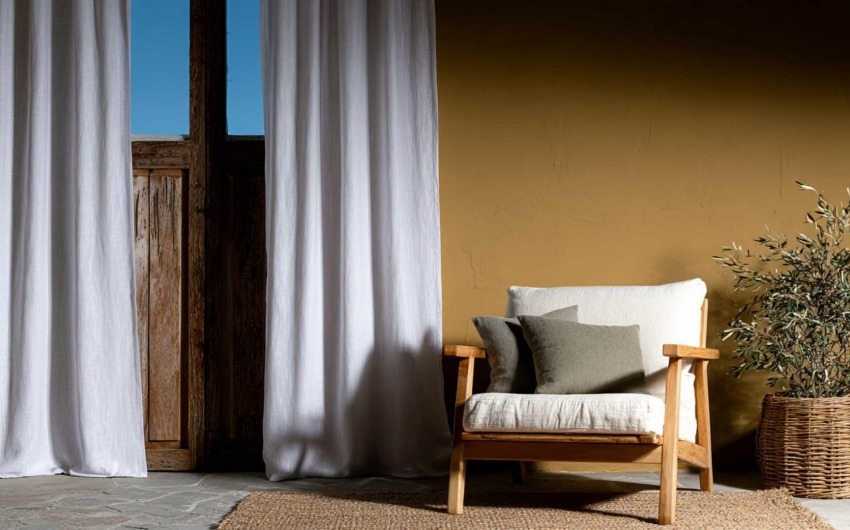1/13/2023
THERMAL COAT
The thermal insulation of the structure of a house is certainly the first factor to take into consideration when we talk about heat dispersion: to date, on the market, there are different types of insulating materials, which can be applied both inside and outside the building. property, which are positioned in a uniform manner and allow us to cover both walls and ceilings and floors.
_276ebe2ec1_.jpg)
ROOF INSULATION
In order for the thermal coat to be truly efficient, it is of fundamental importance to also take into account the roof, not only as regards a detached house, but also for apartments located on the top floors, especially as regards the attics. The insulation of the roof does not follow precise design standards, since each of them has its own characteristics. Which is why, in order to do a good job, it is necessary to insulate the roof in relation to the type of building and the climatic zone in which it is located.
_c96d0e9d5a_.jpg)
RESTRUCTURING OF FIXTURES
A truly relevant factor in the heat loss of our homes are the windows and doors: they too are a major weak point in terms of heat dissipation and it is very important to check their state of conservation and their characteristics. The replacement of the fixtures, in addition to promoting energy savings, also involves an improvement in the acoustic insulation of the rooms. The advice is to opt for solutions in double or triple glazing, perhaps in PVC or wood, and to also pay attention to the air spaces between the glasses, which could be vacuum packed or filled with inert gas in order to further improve the thermal resistance of the windows.
_e7ab0f3df0_.jpg)
INTERIOR HEATING
Another important element not to be underestimated is the internal heating of our homes: on the market there are infinite types of thermostats and thermostatic valves to be applied to the radiators, which allow you to optimize the heating of the house room by room. In fact, it is not necessary that all the rooms, even those that are almost unused, have the same temperature; be careful not to overdo it, otherwise you could risk getting the exact opposite of the desired result.
_85b647599e_.jpg)
FLOORS
A further tip, in the absence of a radiant floor, is to properly insulate the floors with a fiberglass material, which is perfect for wet areas. If, on the other hand, you do not have the possibility to intervene in this way, and your floors are always too cold, you could find a remedy by spreading large carpets in various areas of the house, which increase the perception of heat and are always warmer to the touch than marble and tiles.
_2e97a6cf37_.jpg)
SHUTTER BOXES
Finally, remember not to neglect the storage compartments of your shutters, as they are a source of heat dispersion. Providing for them, with a little do-it-yourself, does not require major changes and masonry works, it would be sufficient to insulate them correctly with rock wool or obtain an insulation system for dumpsters, sold in special kits.
_14077b47db_23.jpg)
Interior Designer since 1985
CEO & Founder, Italian Design in the World




_0f565b1edb_633.jpg)
